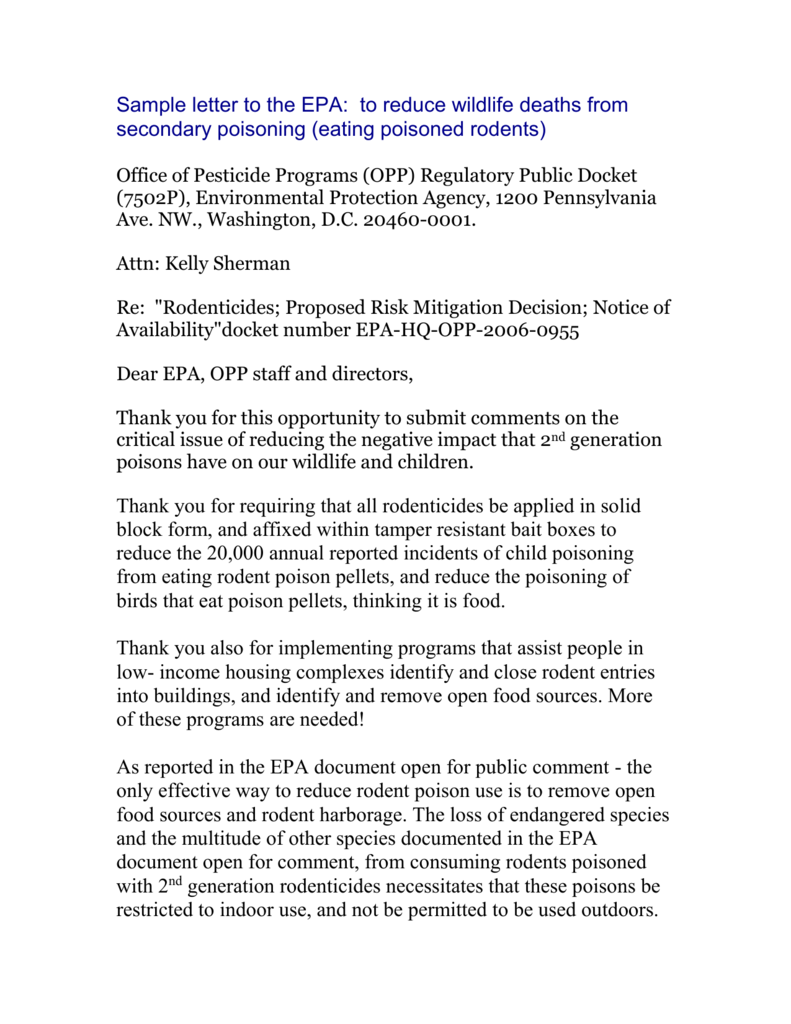by Cara Bolinski
For many years, the U.S. Environmental Protection Agency’s (EPA) Office of Pesticide Programs (OPP) has been interested in the development of animal free alternatives to the traditional, acute toxicity testing of pesticide formulations. In January 2017, in furtherance of this initiative, the EPA introduced a pilot program to evaluate the validity of a mathematical tool to serve as the alternative to animal testing. The mathematical tool under consideration is the Mixtures Equation found in the Globally Harmonized System of Classification and Labeling of Chemicals (GHS).
FIRST Description. FIRST: A Screening Model to Estimate Pesticide Concentrations in Drinking Water May 1, 2001 This paper describes the development and use of the FIRST (FQPA Index Reservoir Screening Tool) model by the Environmental Fate and Effects Division (EFED) of the USEPA Office of Pesticide Programs (OPP).With the passage of the Food Quality Protection Act (FQPA) by Congress in August. Alphabetical listing of chemicals in Pesticide Reregistration. Chemical Information (Case Name) Docket ID Status Decisions Fact Sheets; A: acephate case 0042 40CFR §180.108 EPA-HQ-OPP-2008-0761: RED signed (07/2006) IRED signed (09/2001) RED (PDF) (199 pp, 2.0 MB) IRED (PDF) (198 pp, 520k) Facts (PDF) (4 pp, 39 KB) acetochlor EPA-HQ-OPP-2005. For general information on the registration review program, contact: Melanie Biscoe, Pesticide Re-Evaluation Division (7508P), Office of Pesticide Programs, Environmental Protection Agency, 1200 Pennsylvania Ave. NW, Washington, DC; telephone number: (703) 305-7106; email address: biscoe.melanie@epa.gov.
The purpose of this document is to describe the registration processes for the Pesticide Submission Portal (PSP) Program Service. This document assists new and existing CDX users register for PSP, describes the electronic process to request an EPA company number, and details. The Environmental Protection Agency (EPA) Office of Pesticide Programs (OPP) regulates all products used or sold in the U.S. Or imported into the country that are designed to manage, destroy, attract, or repel “pests.”.
Under this pilot program, there is an option for registrants to submit mathematical calculations (the GHS Mixtures Equation data) along with mandatory oral and inhalation acute toxicity data, which together will support the evaluation of a pesticide’s toxicity. For guidelines on the GHS Mixtures Equation, see pages 250-257 of ECHA’s Guidance on the Application of the CLP Criteria.
To see specific instructions for Submitting Data Regarding Actions Related to EPA Product Registrations click here. Separate instructions for Submitting Data Not Related to a Current Registration Action can be found on the announcement page of the EPA OPP website for this pilot program.
General Guidelines for GHS Mixtures Equation Pilot Submissions
Epa Opp Org Chart
GHS Mixtures Equation data submissions should be paired with oral and/or inhalation acute toxicity data from in vivo animal studies and should specifically include a table or spreadsheet that includes the following content:


* Formulation identity (including chemical name, CAS numbers, % by weight for all active and inert ingredients)
* In vivo LD50 and LC50 values for the formulation and associated Master Record Identifier (MRID) numbers
* Data source(s)/citations for each LD50 and LC50 value for the individual ingredients and whether the data has previously been reviewed by the EPA
* Calculated value(s) for each formulation
* EPA category for the in vivo study(ies)
* GHS category for the in vivo study(ies)
Epa Approved Pesticide List
* EPA category for the calculated values based on the Mixtures Equation
* GHS category for the calculated values based on the Mixtures Equation
* A comparison between the calculated endpoints (LD50 and LC50 values) obtained using the GHS Mixtures Equation and the endpoints obtained from animal testing studies.

A submission template (XLSX) has been provided by OPP as a guide to formatting data.
If GHS Mixtures Equation data has been submitted to other regulatory authorities, the original submission format may be used. Upon submission, each study will be associated with an MRID number for tracking purposes. Good Laboratory Practices (GLP) statements are not required along with the GHS Mixtures Equation data.
Any questions about the GHS Mixtures Equation pilot program can be sent to: GHSEquations@epa.gov, with “Question” in the subject line.
The original EPA article announcing this pilot program can be accessed here.
References:
U.S. Environmental Protection Agency: Pesticide Registration Data Requirements
Goals for Adopting 21st Century Science Methodologies: https://www.epa.gov/pesticide-science-and-assessing-pesticide-risks/strategic-vision-adopting-21st-century-science
Pesticide Labels and GHS
